The following list highlights some of the best places to visiting in Mali. So if you are in Mali, I recommend visiting the following:
- Dandan Waterfalls, Bamako, Mali
- Great Mosque Of Djenne, Djenne, Mali
- La Dune Rose, Gao, Mali
- Tomb of Askia, Gao, Mali
- Chutes de Felou, Kayes, Mali
- Gouina Falls, Kayes, Mali
- Medine Fort, Kayes, Mali
- Bandiagara Cliffs, Mopti, Mali
- Grand Mosque of Mopti, Mopti, Mali
- Hombori Tondo, Mopti, Mali
- Arch Kamandjan, Siby Mali, Mali
- Djinguereber Mosque, Timbuktu, Mali
1. Dandan Waterfalls, Bamako
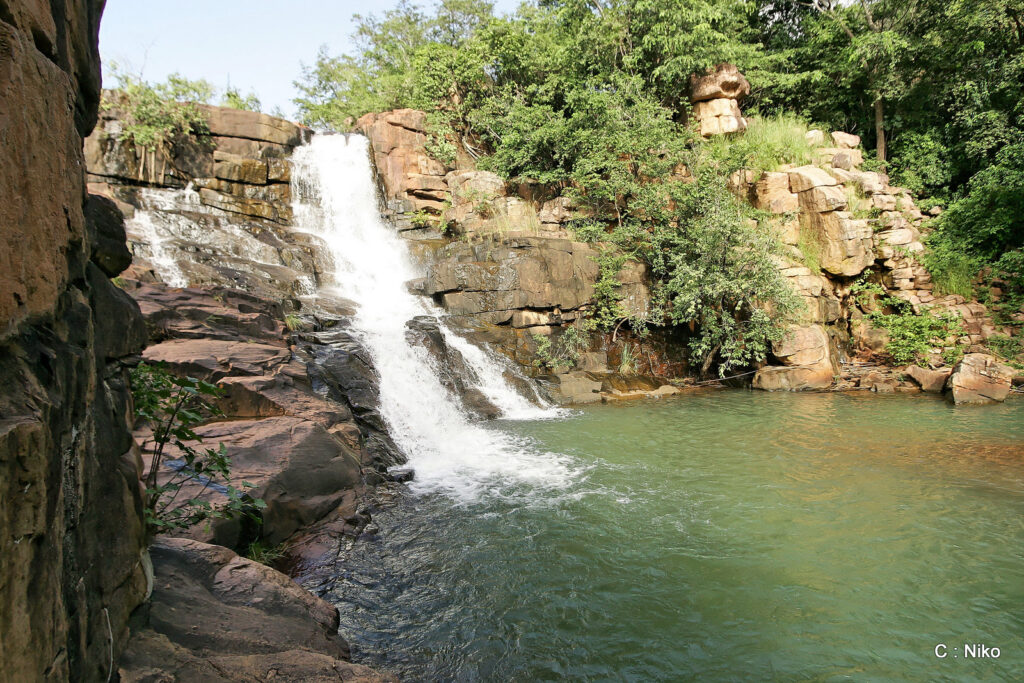
This is the most spectacular waterfall in the area. This place is a great place to spend the day and take a shower. The best time is from August to January. It is a great place to have a picnic or cool off in this warm country. The area is not accessible, but once you get there, you can enjoy the natural beauty. Definitely worth a visit.
2. Great Mosque Of Djenne, Djenne
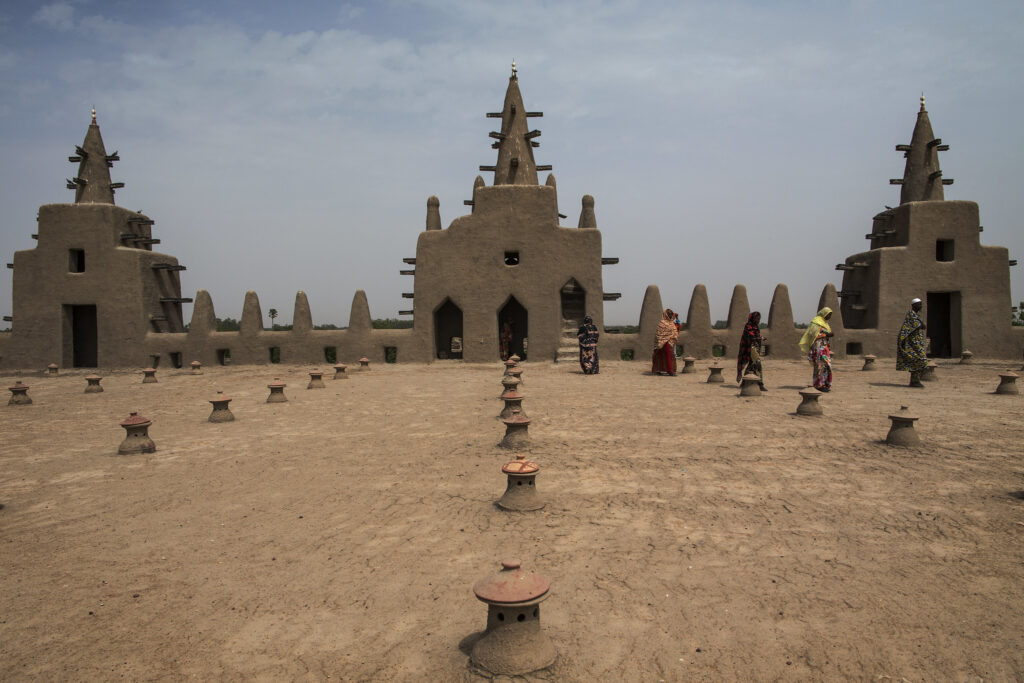
It is the largest and most impressive monument in Djenné. Its main material is banka, a mixture of straw, clay and oil. The interior is notable for the large number of columns that are believed to contain all the inhabitants who lived in Djenné when it was built within its walls. The dome of the tower could be seen up close from the roof. They are crowned with ostrich eggs, a local symbol of fertility. In 1988 it was declared a UNESCO World Heritage Site for being a unique building in the world.
3. La Dune Rose, Gao
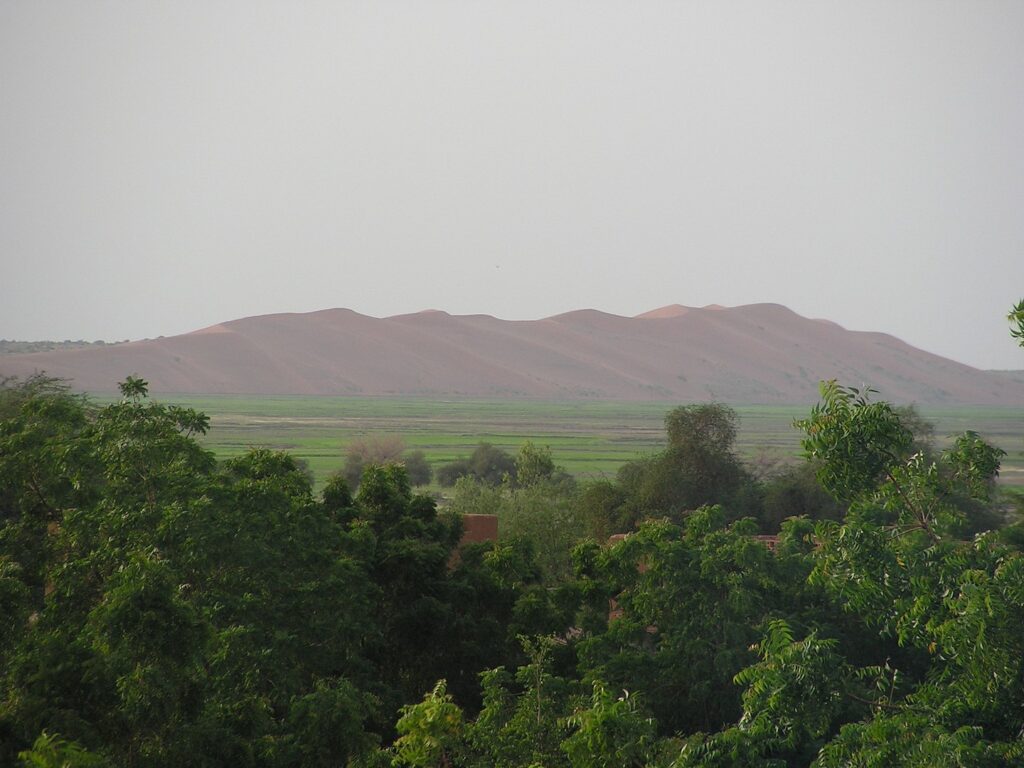
The dunes are named for their appearance at sunrise and sunset. It’s also known as Koyma and is the town it’s based in. If you’re here, consider hiring a canoe to paddle downstream as the dunes come alive. Above Kwema and Hondo are more impressive sand dunes, while at Tacharan you’re almost certain to see hippos.
4. Tomb of Askia, Gao
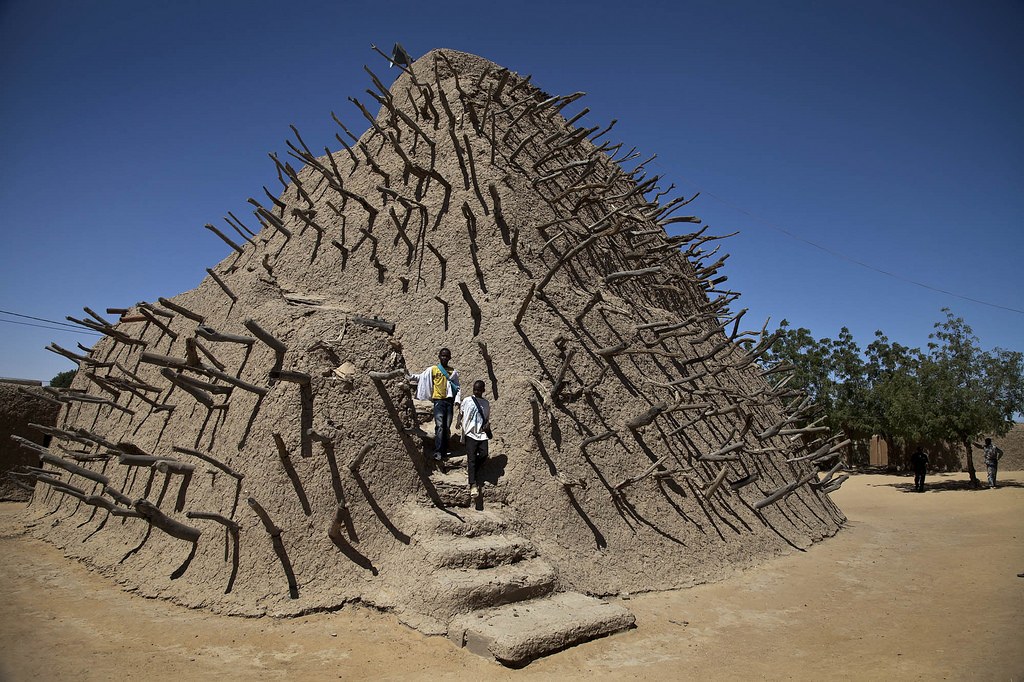
The building is a testament to the power and wealth of an empire that flourished in the 15th and 16th centuries, controlling trade in the Sahara, especially salt and gold. It is also a great example of the great tradition of earthen construction in the Sahel region of West Africa. This pyramid is 17 metres high and 15 metres wide and is unlike any other pyramid in the world. But it’s stepped shape with an external ramp to access the top combined with the materials make it unique.
5. Chutes de Felou, Kayes
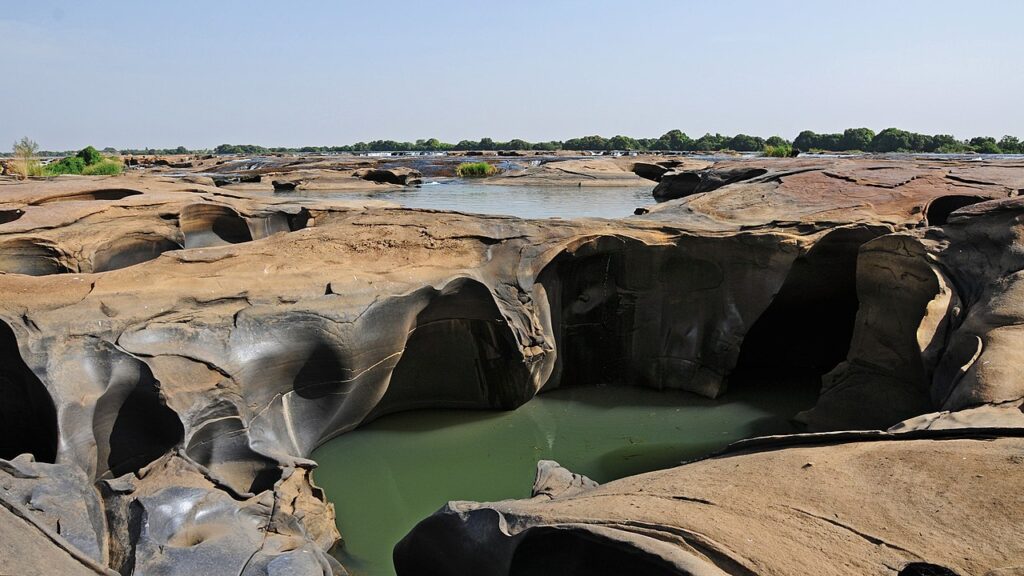
These are African waterfalls on the Senegal River. The length of the river is 210 metres and there are many dangerous rocks. You can go by boat to see the waterfall as you cannot swim in it as it is very dangerous. The best way to get there is from Kayes.
6. Gouina Falls, Kayes
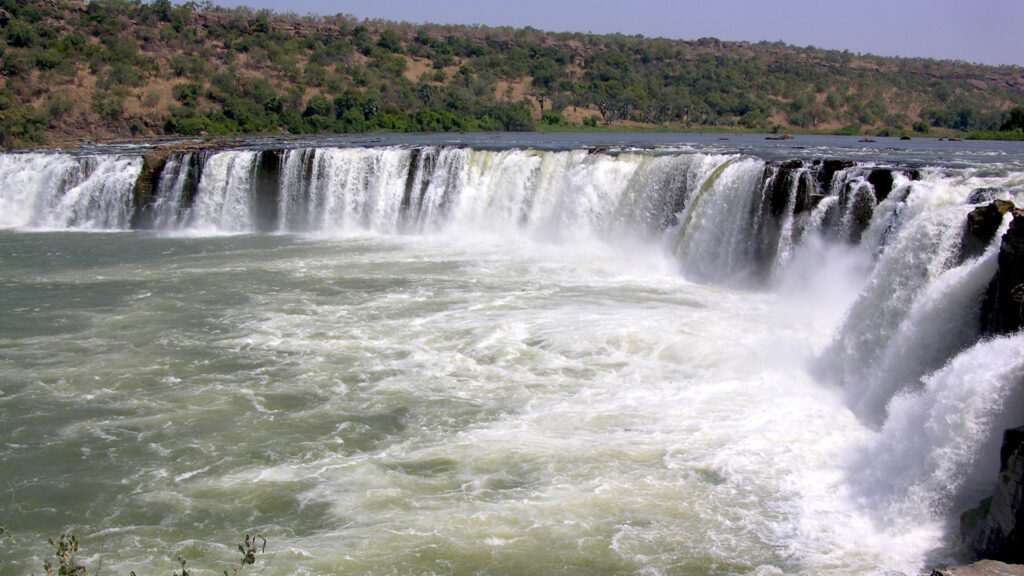
It is one of the must-see places in Mali. Tourists like the natural landscape slides at Gwin Falls best. It is even called the “Niagara Falls of Mali”. The waterfall is not so steep, the drop is only 16 metres.
7. Medine Fort, Kayes
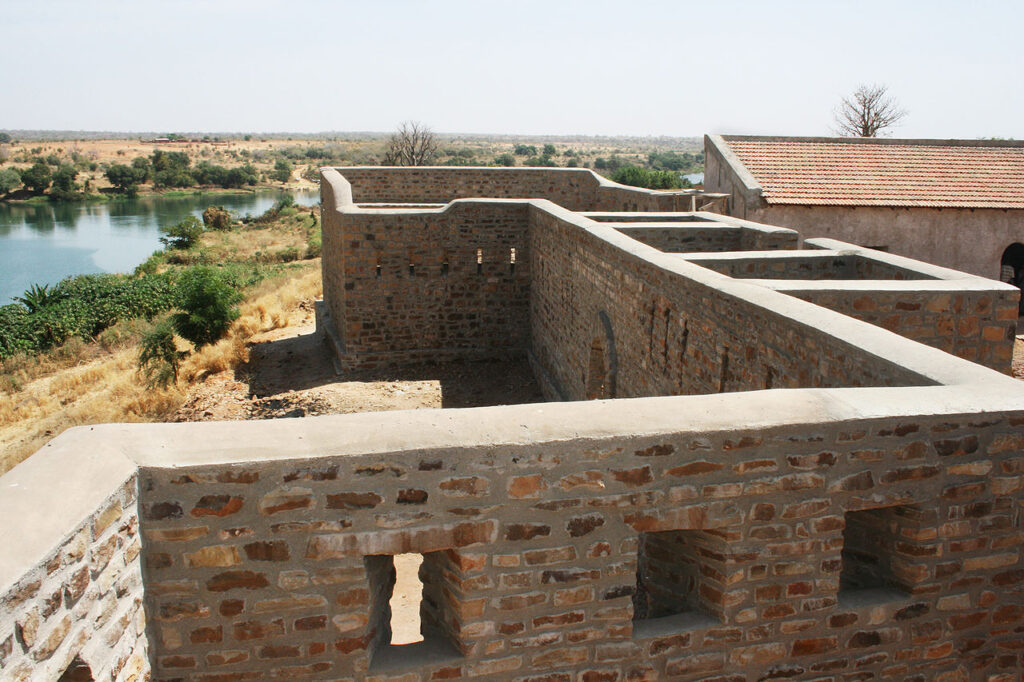
Medina Fort consists of a large two-storey building (mess) and associated structures (ammunition depot, prison and hostage school) surrounded by impressive stone walls. It is undoubtedly an impressive complex with an area of more than one hectare.
8. Bandiagara Cliffs, Mopti
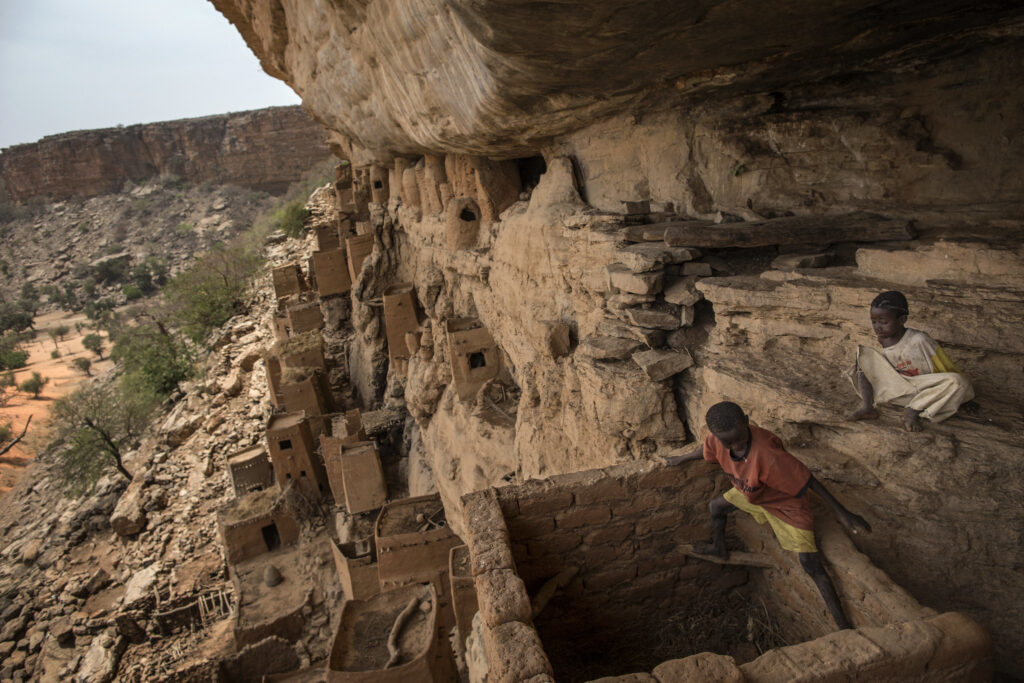
The Bandiagara rocks are natural geographical features found in the Dogon area of the Mopti region. Nowadays, it is most popular to travel with a professional guide. There are several trails that run through the area with varying degrees of difficulty, so these treks, even to the top of the cliffs, require a good level of fitness and a good view of the natural surroundings.
9. Grand Mosque of Mopti, Mopti
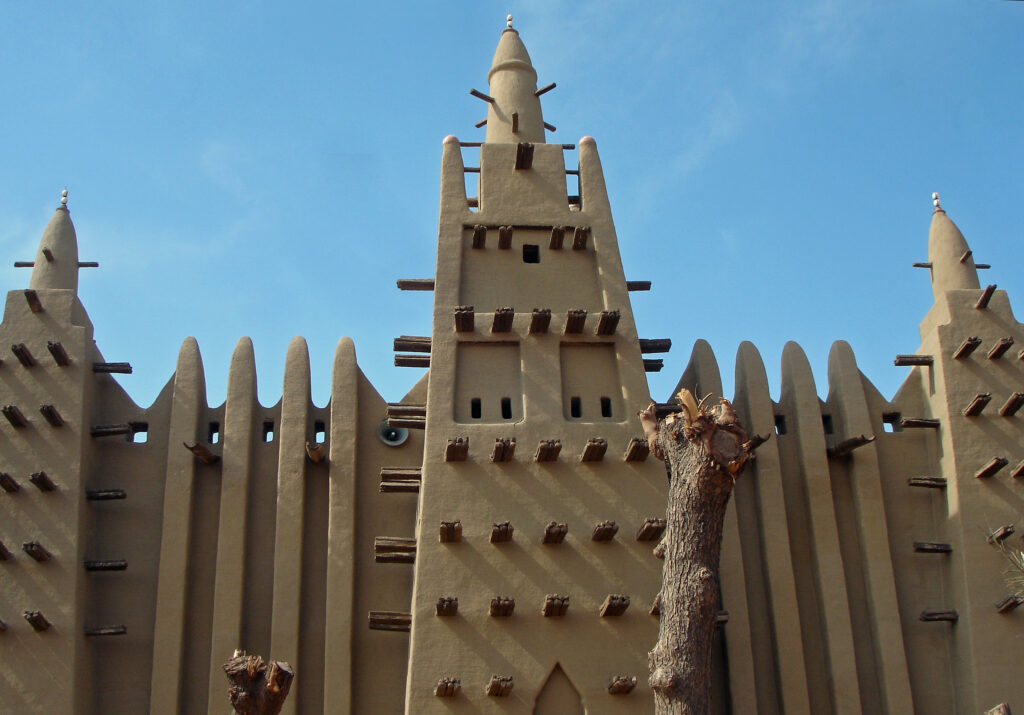
The mosque, known as the Komogur Mosque, consists of a covered building and a courtyard, as well as a protective wall 2-3 m high. The roof is supported by huge pillars parallel to the Qibla wall (indicating the direction of Mecca).
10. Hombori Tondo, Mopti
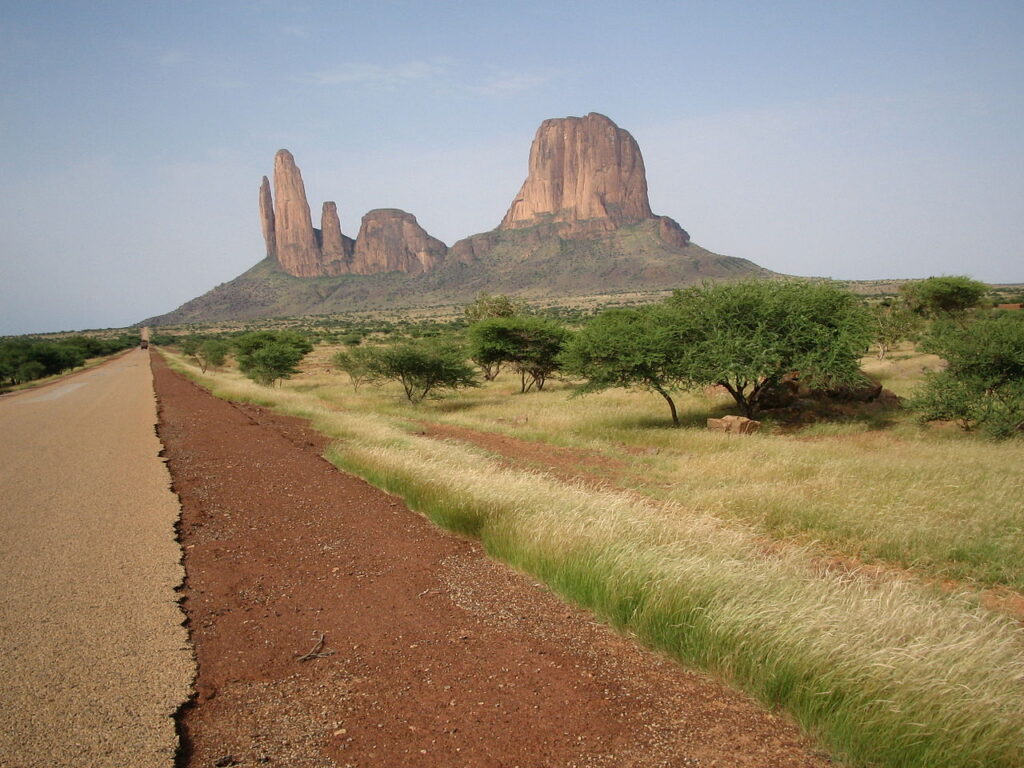
It is a mountainous area located in the Bandiagara Rocks extension of the Mopti region. It has caves that were inhabited centuries ago, and legends surround Mount Hombori. Hombori Tondo is based on more information about the culture and the birth of the nearby villages.
11. Arch Kamandjan, Siby Mali
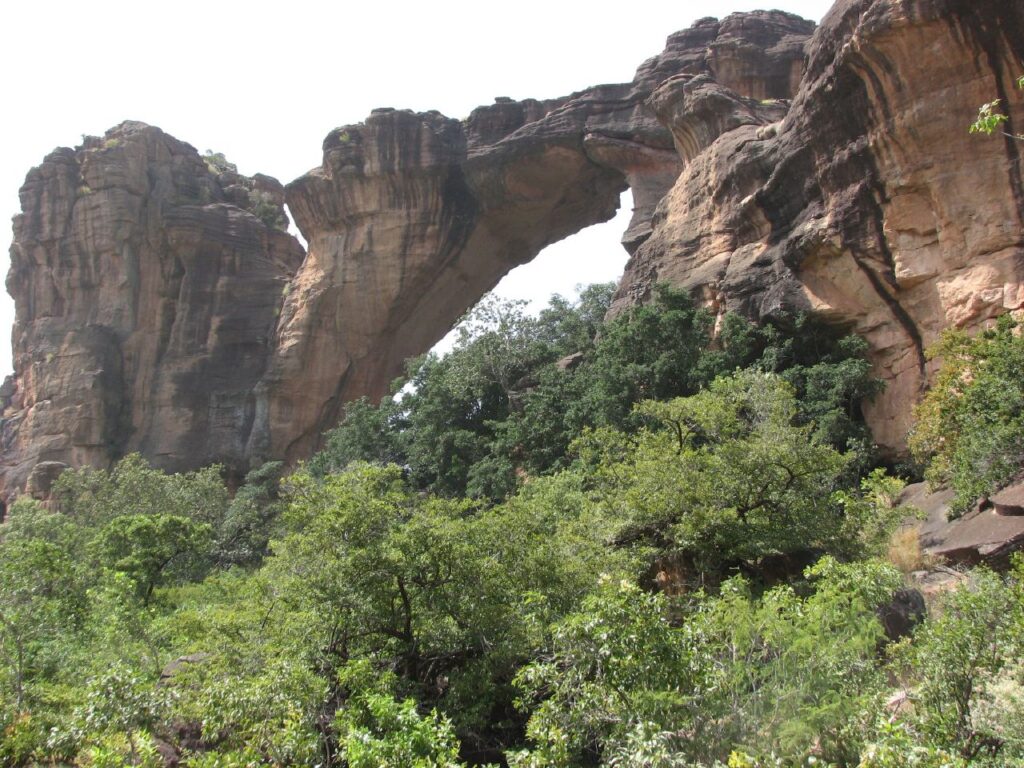
The majestic rock arch of Kamandjan has been a sacred place for the Mandinga people since ancient times. It is said that the Kamandjan arch was pierced by the sword of King Sibi. It is a natural and historical wonder that occupies the town of Sibi. It is located on a hill behind Djissouman and offers a fantastic view of the surrounding plains.
12. Djinguereber Mosque, Timbuktu
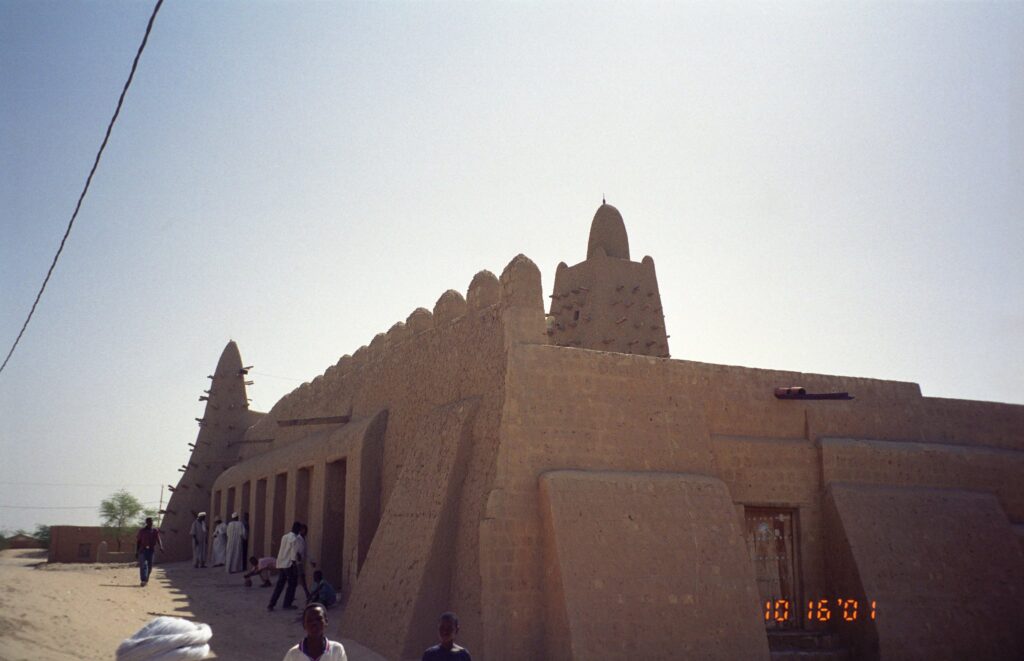
Except for a small north façade made of limestone, the Djingareyber Mosque is made of organic materials such as earth and fibres, straw and wood. It was built in the traditional Sahelian style on a dry mud foundation, although it had to be rebuilt several times. This beautiful mosque has a prayer hall for 2000 people.
If you loved this article or found it useful, don’t forget to visit and subscribe to my social media for more useful content. Follow us on Google My Business, YouTube, Instagram, Pinterest, Twitter, Facebook or Reddit and subscribe to our receive our free website content.

